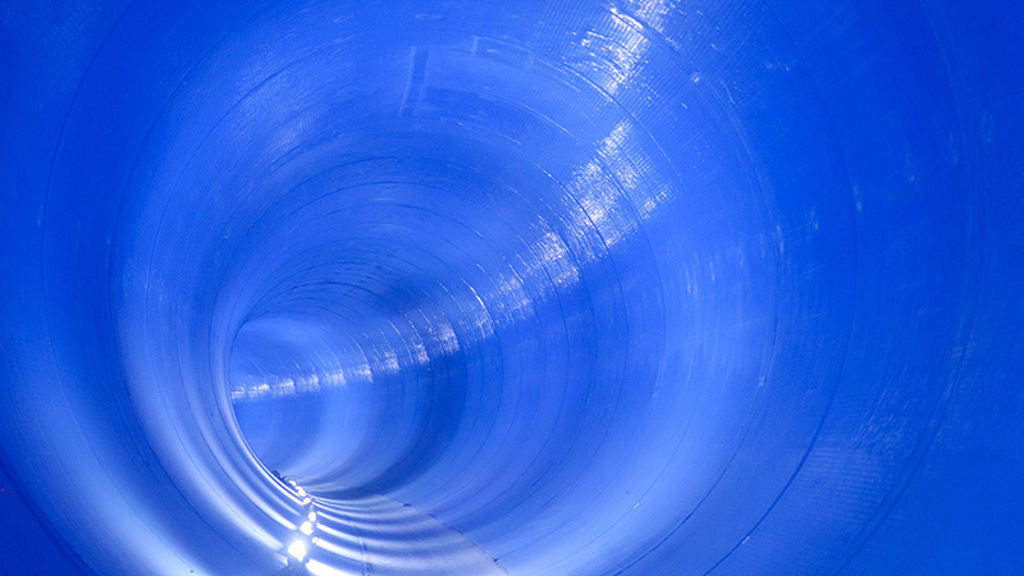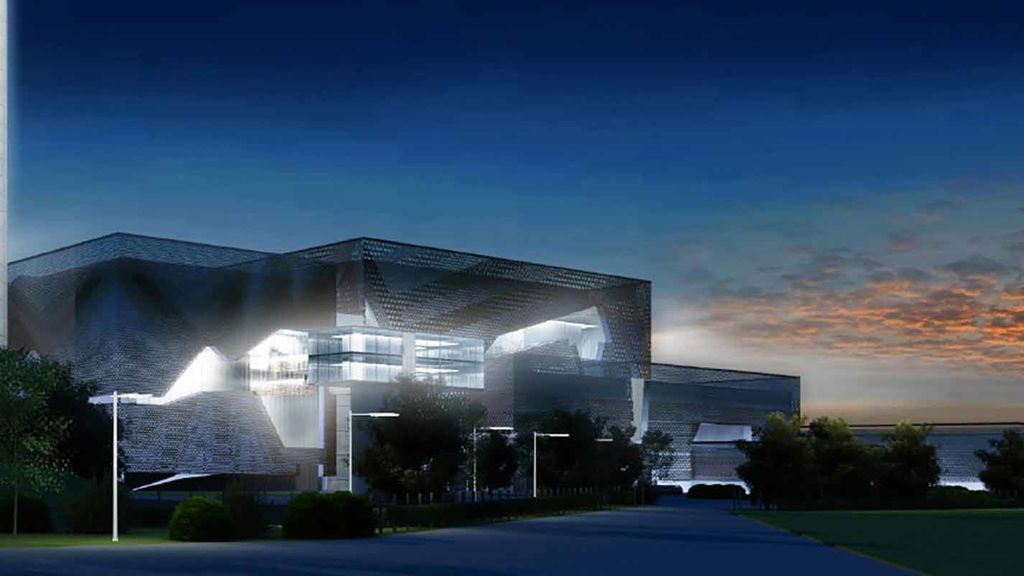Hong Kong is a gourmet paradise, but that comes with massive wastage – some 3,600 tonnes of food waste is produced every day - all of which go to landfills. With the city's three major outdoor landfill sites soon to reach capacity, waste management infrastructure has become vital in ensuring Hong Kong remains a liveable city.
To tackle this mounting problem, the government of Hong Kong proposed O∙PARK1 - a food waste to electrcity generation facility. The city's first organic resource recovery centre, it would also be one of the largest such facilities in Asia.
Arup was appointed by the operator OSCAR Bioenergy JV to work on the detailed design to provide process, M&E, civil, structural, geotechnical and building services engineering, and architectural and landscape design for this design-build-operate project.
Turning waste into energy
Located at Siu Ho Wan, a bay on the north shore of Hong Kong’s Lantau Island, O∙PARK1 is designed to receive 200 wet tonnes of source-separated biodegradable waste comprising food and other organic wastes per day. By anaerobic digestion and composting technologies, these wastes will create biogas and compost products.
Apart from generating heat and power for internal use, it is estimated that about 14 million kWh of surplus electricity, an equivalent of the energy consumption of about 3,000 households, can be generated by the facility. The reduced fossil fuel use together with less organic waste going to landfills will cut some 25,000 tonnes of greenhouse gas emission each year.
Designing for sustainability
From the beginning, we worked to ensure the facility would reflect its purpose. With air polution being a key concern, we introduced a cascade air flow strategy which can reduce the total volume of odorous gasses requiring treatment. This reduces energy consumption, in turn lowering the facility's CO2 emissions.
Our structural engineers also proposed an inverted beam design in its composting hall. Such design maximises the operation headroom while minimising ventilation volume by shifting the unusable void between the beams above the roof. We also made use of the upward void for a green rooftop.
Innovative and value-added use of BIM
O∙PARK1 is a multidisciplinary infrastructure project. As the lead designer with recongnised BIM capability, Arup initiated to build a BIM 3D model from the preliminary architectural layout for better design and coordination between various collaborating parties even though it was not a contractual requirement. Our effort was appreciated by the client and we were appointed as the project’s BIM Manager to develop a new model with inputs from various disciplines, which was ultimately adopted as the as-built record.
We brought further value to the client through integrating the BIM model with virtual reality (VR) technology. The VR application could allow clients to conduct safety or operation training before sending their staff to work in the facility.








